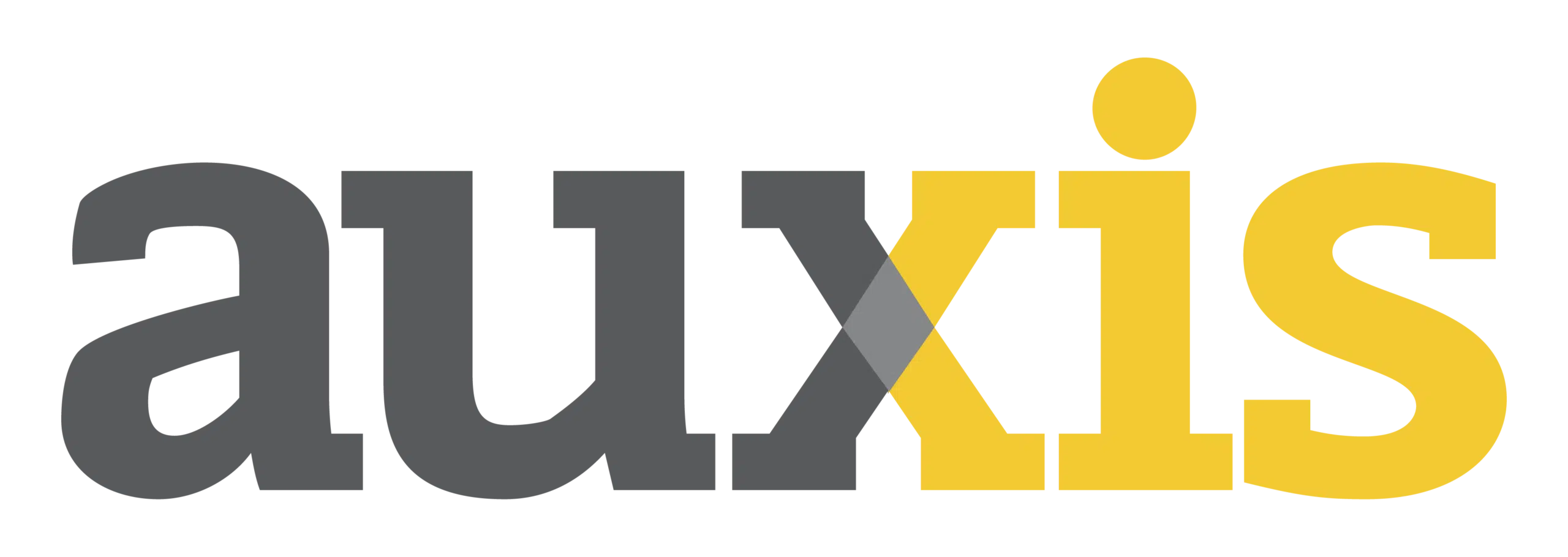Client Profile
Our New York-based client is a sports and active nutrition company that had been recently sold by a well-known, global corporation to a private equity firm specializing in the consumer, services, and industrial sectors. The newly independent business provided market-leading products in the $16 billion functional snacking industry, including popular protein powders and meal replacement and ready-to-eat protein bars.
Business Challenge
Carving an independent company out of a larger entity is rife with complexity. To gain robust experience and a proven methodology for separating new businesses from larger organizations, the client had already hired Auxis to:
- Operate the carve-out’s Separation Management Office (SMO).
- Separate the client’s IT infrastructure from the selling corporation. That included migration of all related users and certain business applications to a new infrastructure environment, as well as implementing technologies and security protections that would enable the client to operate as a standalone organization.
- Address Finance & Accounting gaps at the new organization by outsourcing back office Accounts Payable (AP), General Accounting, and Master Data operations to the Auxis Global Delivery Center in Costa Rica.
- Implement a NetSuite ERP system and all necessary integrations.
But the carve-out faced another significant challenge: separating and merging historical data belonging to the new company to enable future analytics and reporting.
As a division of the seller, the client relied on analytics provided through Microsoft Power BI dashboards to measure performance and maintain business visibility. Historical data that flowed into the platform from several different applications was vital to making strategic decisions about the present and the future – enabling the organization to track performance over time, identify areas of improvement, and predict future trends.
However, separating that critical data presented significant difficulties:
- The client wanted to retain analytical data stretching back over 5 years to enable strategic comparisons and inform business decisions. But identifying and separating data often proves difficult and time-consuming during a carve-out. In this case, data was spread across the seller’s data warehouse; multiple Power BI dashboards covering financials, sales performance, trade promotions, shipping/delivery, and more; and dozens of operational and financial reports.
- Data was tailored to the seller’s systems, applications, and formatting. For successful post-separation analysis, the seller’s data models and reports needed to be harmonized and integrated with the new formats, dashboards, and data sources at the new company.
Solution & Approach
Pleased with the success of its other carve-out partnerships, the client hired Auxis to enable monthly operational reporting using Power BI and analytics by:
- Helping separate the new company’s historical data from the seller’s applications, visualizations, and reports.
- Creating a Power BI environment in Microsoft Azure with familiar services and configurations.
- Migrating existing data, configurations, and dashboards to the new environment.
- Harmonizing new and historical data.
- Implementing and thoroughly testing connectors between the Power BI platform and the new NetSuite ERP system and other new data sources at the new company.
- Training users to access the new analytics environment.
Key solution steps included:
1. Analyzing existing data structures and architecture.
To properly design and validate a future-state solution, Auxis began with a deep dive into the seller’s pre-separation environment. The Auxis team aimed to gain a clear understanding of how every legacy data source was run and configured, including an IBM AS/400-based order management and warehousing system, a TIM trade promotion management system, and an Oracle E-Business Suite (EBS) financial system.
Auxis also performed a thorough analysis of how existing data was extracted, summarized, and processed – examining the seller’s terminologies, data fields, data elements, data relationships, classification of products and customers, and more.
2. Harmonizing data to ensure a consistent story.
With a deep understanding of legacy data, Auxis focused on harmonizing new and historical data in the client’s Power BI environment. Harmonization resolves issues stemming from inconsistent and disparate data sources, such as variations in data types, file types, naming conventions, or missing fields.
The Auxis team mapped data from new company systems like NetSuite and an Exceedra trade promotion management system into the existing data warehouse models – performing field-by-field comparisons to ensure new and legacy data told the same story in the same way.
Discrepancies were fixed with client input, ensuring analytics delivered the richest insights into business performance.
3. Microsoft Power BI migration.
To ensure the smoothest transition, Auxis devised a plan to reuse and rebuild as much of the seller’s Power BI architecture as possible.
The client wanted to keep Power BI operations and reports the same to minimize time getting up to speed. So, the platform was recreated “like for like,” with Auxis seamlessly “lifting and shifting” existing data, configurations, and dashboards into the new Azure cloud service and infrastructure that Auxis implemented at the new company.
Auxis implemented Azure Data Factory pipelines to connect the new systems to Power BI. It also used NetSuite’s Tactical Connect tool to extract data from a third-party sales broker and logistics provider.
Tactical Connect provides an easy way to automatically export data in the proper format for easy reporting and analysis.
Finally, the Auxis team performed thorough testing to ensure data flowed seamlessly into the dashboards at the new company and identify any remaining discrepancies.
Results
Although it can be daunting, mapping past and future comparisons after a carve-out is not an insurmountable challenge with the right expertise and support. The Auxis team’s successful analytics buildout enables our client to continue using historical data to inform strategic business decisions as an
independent organization.
